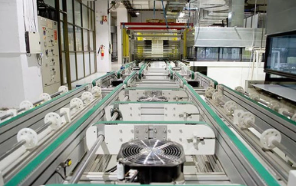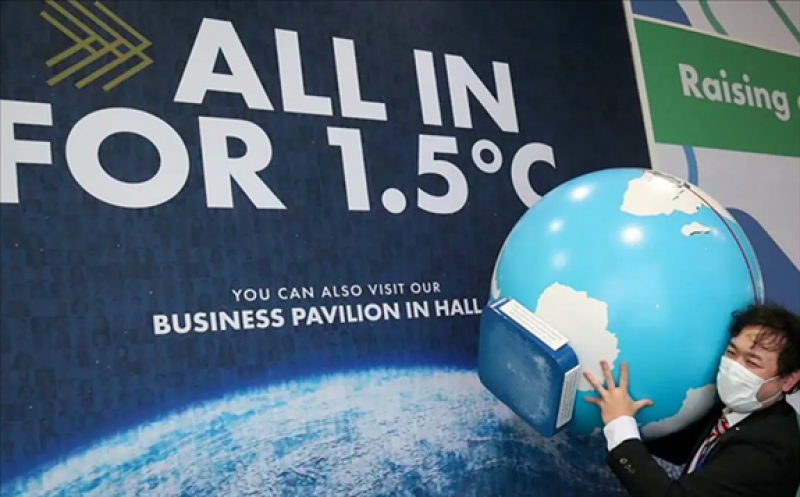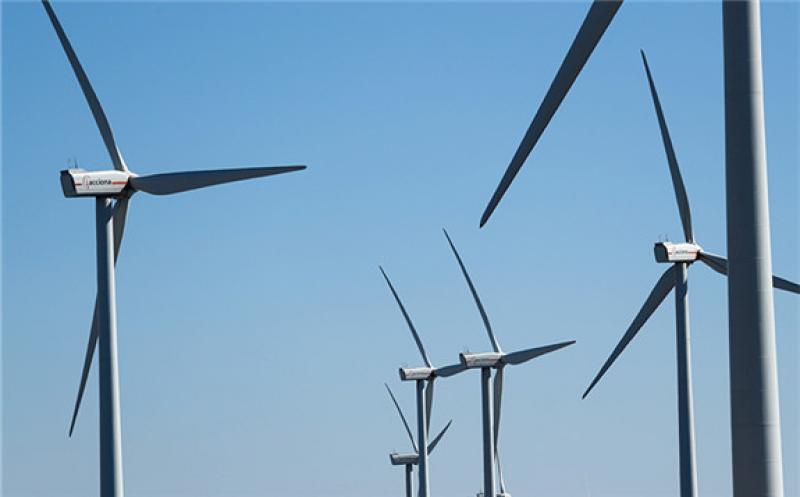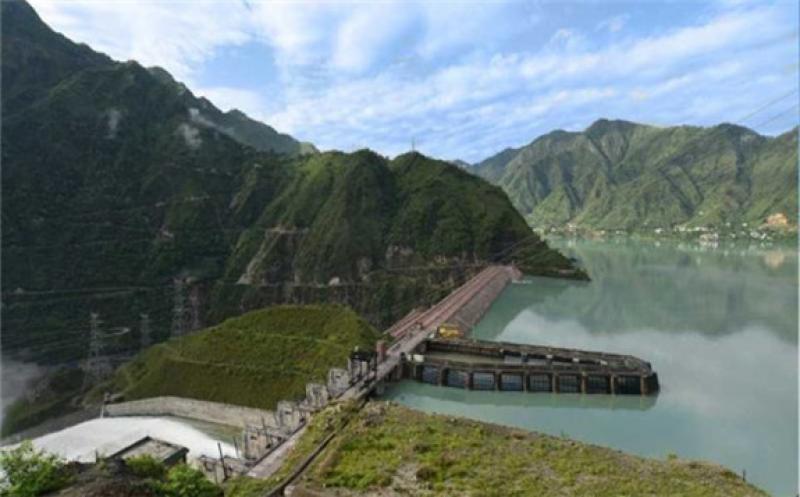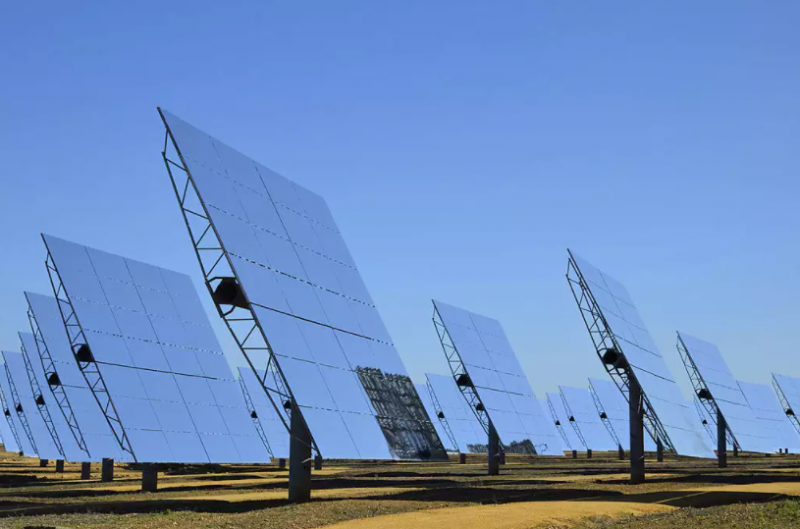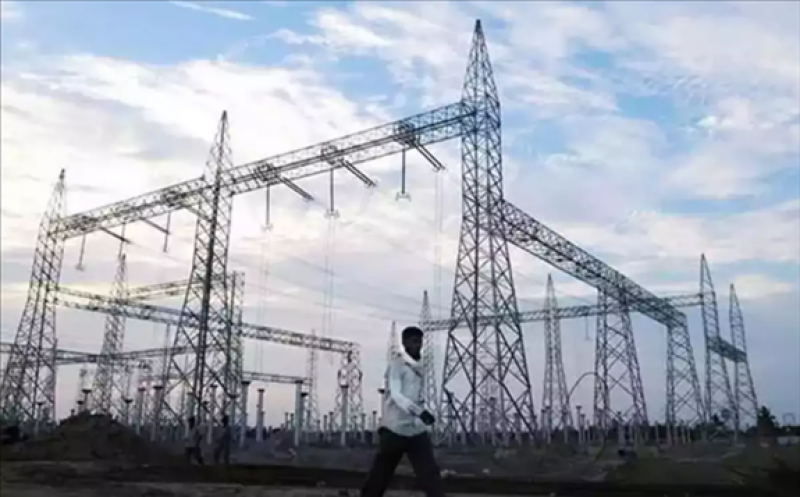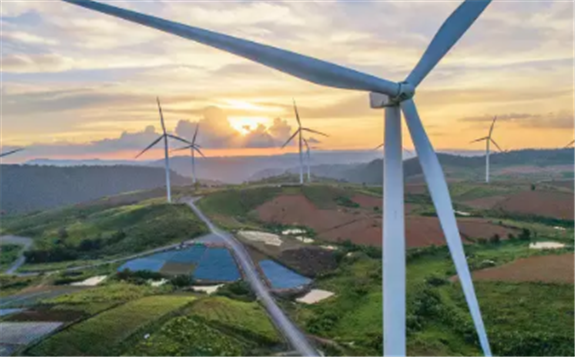Backers of the technology have long argued that distributed energy projects are not compensated fairly in the US because current mechanisms do not consider all of their benefits. But few states have taken on the complex issue.
Known as isolating the ‘value of D’, a similar effort in New York led to a tariff to replace net metering. New York created ‘value stacking’ for distributed energy based on energy, capacity, environmental, demand reduction and locational benefits. The Minnesota Public Utilities Commission and Austin Energy also have pursued the approach but more narrowly, with tariffs focused on just one form of distributed energy — solar.
In its proceeding (Docket No. 19-06-29), the Connecticut Public Utilities Regulatory Authority (PURA) is considering distributed energy resources generally and is looking at a range of benefits — economic, environmental, health and grid-related.
Comments are due to PURA September 18. Several industry players already have begun to provide input.
Focus on ‘community resiliency’
Among them are fuel cell microgrid developer Bloom Energy, which urges regulators to think beyond “system resiliency” and “customer resiliency” and instead focus on “community resiliency.” This could create a pathway to compensate microgrids that are operated not only by public institutions, but also private businesses. Both provide services to communities during power outages.
“It is important to note that many of the most critical facilities that the public and first responders rely upon during an outage or other public emergency are operated by private entities,” Bloom wrote in comments filed with PURA. “For instance, the 911 system is operated by private telecommunications providers. Privately operated supermarkets can provide food and water to citizens — unless they are not operating due to a lack of electricity. If they are open and operating privately operated large retail stores can help citizens prepare for —and recover from — distribution outages by supplying goods like plywood, plastic sheeting, pumps, generators, and other materials.”
Bloom says that the 80 MW of clean microgrids it operates worldwide prevented over 550 grid outages in 2018 alone. But if the state does not properly value resiliency, then institutions and businesses will continue to rely on diesel backup generators to overcome these outages, which the company argues are more polluting and less reliable.
In addition, Bloom points out that distributed energy resources have a unique ability to provide high value services, including voltage regulation and, in some cases, reserves. Connecticut should consider the technical benefits of those distributed services and their ability to respond to appropriate price signals, Bloom says.
The company recommends that Connecticut develop a series of resiliency multipliers dependent upon the nature of the critical public service provided by a given facility. This would be in lieu of a framework that would need to be evaluated on a case by case basis for every project.
Relatively little precedent exists to guide Connecticut regulators. New York’s model has a “fundamental program design error,” Bloom says, in that it rewards exports, but does not recognize the value provided by behind the meter generation, irrespective of technology, or the benefits of distributed energy to the system and ratepayers as a whole. In short, New York’s proposed system lacks an economic signal for resiliency. Connecticut should not make the same mistake that New York has made, Bloom argues.
Striking a balance
The Northeast Clean Energy Council (NECEC) believes the best valuation will contribute to clean energy transition and a more resilient energy system in the state and broader region. NECEC calls for Connecticut regulators to strike a balance between precision and simplicity. In other words, the value of distributed energy resources must be simple enough to provide price signals for project developers and granular enough so that the resources are placed in areas where they deliver the most benefits, NECEC argues.
The organization urges Connecticut regulators to pay special attention to behind-the-meter resources, which can give a grid additional resiliency and benefit communities at large. The organization also recommends the addition of “improved resilience” as a qualitative value category. It notes that improved resilience will enable the electrical system to recover from destructive events, such as severe weather.
NECEC also encourages regulators to quantify air quality benefits that avoid local pollutants. It notes the reduction of particulate matter can have significant public health benefits, particularly in urban and underserved areas. The organization cites a US Environmental Protection Agency report that analyzes current methodologies for estimating the public health benefits of energy efficiency and renewable energy investments.
Pollution reductions noted
The Institute for Policy Integrity at New York University School of Law also weighed in. The non-partisan think tank has no objection to quantitative or qualitative categories used to assess the value of distributed energy resources. It applauds Connecticut’s efforts to include “avoided emissions cost” to the list of quantitative value categories and encourages regulators to study its previous reports on how to value pollution reductions. Those reports are found here and here.
The think tank also encourages regulators to add the category “electricity systems resilience” to the list of quantitative value categories and “community resilience” to the list of qualitative value categories when determining the value of distributed energy resources.
The institute says “electricity system resilience” refers to the grid’s ability to resist and recover from high-impact, low-probability external shocks. This definition is consistent with those used by other policymakers, other state and federal regulators and academic research.
The think tank also points out that Connecticut’s microgrid program already recognizes the potential of distributed energy resources to enhance the resilience of the state’s electrical system. Even before Hurricane Irene struck in 2011, the state recognized that climate change will make precipitation, storms, coastal flooding and heat waves in Connecticut more frequent and more severe, putting the grid under strain, the think tank says.
Technical meeting scheduled on the value of distributed energy resources
Interested individuals, organizations and companies have until Sept. 18 to submit public comments on the matter. Regulators have scheduled a technical meeting at the Department of Energy and Environmental Protection (DEEP) for 10 am, Friday, Sept. 20 at Ten Franklin Square, New Britain, Conn. The public hearing stems from public act number 19-35. Amended earlier this year, it calls for regulators to submit a study on the value of distributed energy resources to the General Court by July 1, 2020.
